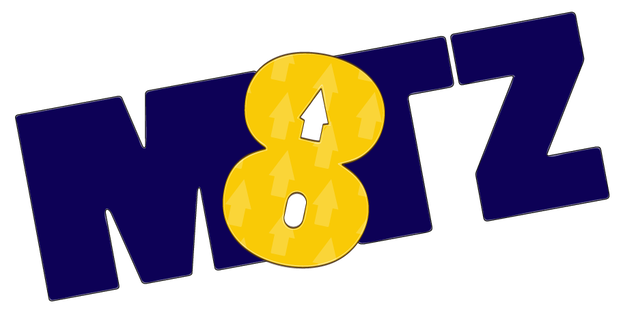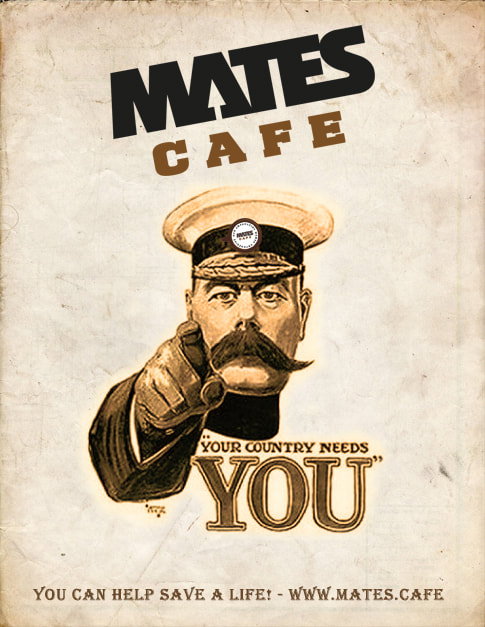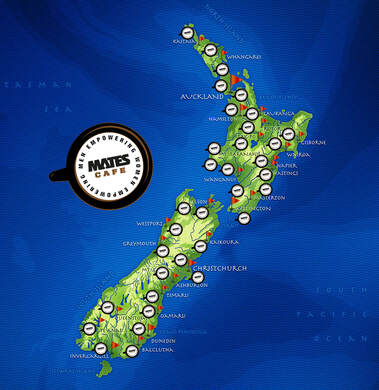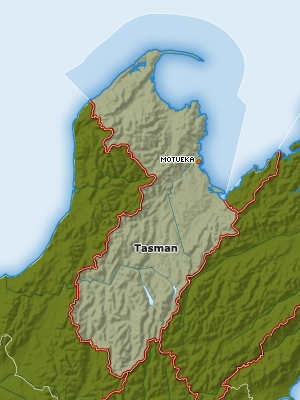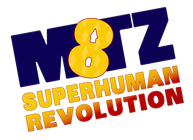You Are Not Alone - MATES Cafe Tasman NZ
MATES Cafe is a network of everyday people of all cultures and ethnicity (including teens, elders and lgbt+) who are trained to meet with a person in crisis or isolation at a local cafe, and provide emotional support and encouragement.
MATES Cafe will empower your life so you can in turn empower the lives of others in need.
MATES are here:
To help people of all ages, gender, culture, ethnicity and personal beliefs through the challenges and tough times of life including relationship breakdown, depression, anxiety, loss and grief, bullying, loneliness and isolation. MATES are trained to be there for someone in need and helping them through a point of crisis in their life. It's not about therapy, fixing or giving advice, just simply listening and helping them to find new direction in their life.
Tasman NZ - MATES Cafe Network
|
A Call-Out to ALL!
Can You Spare ONE Hour of Your Life to Save a Life? MATES Cafe is purely about saving lives. Do you realise one person completes suicide every 13 hours in New Zealand because they are unable to stand the emotional trauma they are undergoing, often caused by relationship breakdown. Every 4 minutes 1 New Zealander has suicidal thoughts and needs a MATE to turn to. MATES need your help to drastically lower the suicide rate... are you with us? Saving someones life can be to either:
|
Support Services in Tasman
LifeLine New Zealand Last updated 06/06/2013 LifeLine is here to listen to the unheard, to empower the caller to retake control of their situation, making callers aware of options rather than offering advice.
This provider offers a national helpline service.
- [email protected]
- (0800) 543 354
- (0800) LIFELINE
- http://www.lifeline.co.nz
- Availability: 24 hours a day, seven days a week.
- Charges: All services free of charge.
- Referrals: No referral required.
This provider offers a national helpline service.
- [email protected]
- (0800) 111 757
- http://www.depression.org.nz
- Availability: Helpline is available 8am to midnight daily. Website is available 24 hours a day, seven days a week.
- Charges: All services free of charge.
- Referrals: No referral required.
- [email protected]
- (0800) VICTIM
- (0800) 842 846
- http://www.victimsupport.org.nz
- Availability: The Victim Support Service is available 24 hours, 7 days a week.
- Charges: All services free of charge.
- Referrals: No referral required.
- [email protected]
- (03) 528 8322
- 3A Manoy Street
- Motueka
- Availability: 5.00pm - 8.00am Daily.
- Charges: Some charges may apply.
- Referrals: No referral required.
SHINE: Safer Homes In New Zealand Everyday Inc Last updated 04/10/2012 Shine (Safer Homes In New Zealand Everyday) is making homes violence free. Shine offers a free national Helpline and a number of innovative services that work to stop domestic abuse.
This provider offers a national helpline service. Approved Family Violence Provider
- [email protected]
- (0508) 744 633
- (09) 815 4601
- http://www.2shine.org.nz
- Ground Floor
- 409 New North Road
- Kingsland
- Auckland
- Availability: Helpline ( 0508 744 633 ) is answered 9am - 11pm, 7 days a week . Our office hours are 8.30am - 5.00pm weekdays.
- Charges: Some charges may apply.
- Referrals: Referral may apply.
Approved Family Violence Provider
- [email protected]
- (03) 528 8976
- Jack Inglis Friendship Hospital
- 15 Courtney Street
- Motueka
- Availability: Monday to Thursday 9-3 Please note that we have a part-time team which is in and out the office. We welcome your visit or call anytime.
- Charges: Some charges may apply.
- Referrals: No referral required.
Need Further Support - Click Here
Information about Tasman
Number of people counted
Total population
- 44,625 people usually live in Tasman Region. This is an increase of 3,273 people, or 7.9 percent, since the 2001 Census.
- Its population ranks 12th in size out of the 16 regions in New Zealand.
- Tasman Region has 1.1 percent of New Zealand's population.
- Male 22,155 1,965,621
- Female 22,470 2,062,329
- Total 44,625 4,027,947
- 3,063 Māori usually live in Tasman Region, an increase of 285 people, or 10.3 percent, since the 2001 Census.
- Its Māori population ranks 15th in size out of the 16 regions in New Zealand.
- 0.5 percent of New Zealand's Māori population usually live in Tasman Region.
- Male 1,536 274,860
- Female 1,524 290,469
- Total 3,063 565,329
Number of dwellings counted
- There are 17,475 occupied dwellings and 2,538 unoccupied dwellings in Tasman Region.
- For New Zealand as a whole, there are 1,478,709 occupied dwellings and 159,273 unoccupied dwellings.
- There are 156 dwellings under construction in Tasman Region, compared with 13,560 under construction throughout New Zealand.
- Occupied Private dwelling 17,268 1,471,746
- Non-private dwelling 210 6,963
- Total 17,475 1,478,709
- Unoccupied 2,538 159,273
- Under construction 156 13,560
- Total 20,169 1,651,542
Tasman Region
The Tasman Region is both a region and a district of New Zealand. It borders with the West Coast Region, Marlborough Region and the Nelson Region. It is both a region and a unitary authority, and the District Council sits at Richmond, with Community Boards serving outlying communities in Motueka and Golden Bay. Though the city of Nelson forms its own unitary region separate from the Tasman Region, the Tasman Region and Nelson are often grouped together by the public under a looser definition of the term "Tasman".
Geography Tasman District is a large area at the top western side of the South Island of New Zealand. It covers 9,786 square kilometres and is bounded to the west by the Matiri Ranges, Tasman Mountains and the Tasman Sea. To the north Tasman and Golden Bays form its seaward edge, and the eastern boundary extends to the edge of Nelson city, and includes part of the Spencer Mountains and the Saint Arnaud and Richmond Ranges. The Victoria Ranges form Tasman's southern boundary and the district's highest point is Mount Franklin, at 2,340 metres.
The landscape is diverse, from large mountainous areas to valleys and plains, and is sliced by such major rivers as the Buller River, Motueka, Aorere, Takaka and Wairoa River. The limestone-rich area around Mount Owen and Mount Arthur is notable for its extensive cave networks, among them New Zealand's deepest caves at Ellis Basin and Nettlebed. There is lush bush and bird life, golden beaches, the unique 40 kilometre sands of Farewell Spit, and boundless fishing in the bays and rivers. These assets make the district irresistible to tourists and precious to those who live there.
Tasman is home to three national parks: Abel Tasman National Park (New Zealand's smallest at 225.41 km²), Nelson Lakes National Park (1,017.53 km²) and Kahurangi National Park (4,520 km²).
Economy The sub-national GDP of the Tasman and Nelson regions was estimated at US$2.343 billion in 2003, 2% of New Zealand's national GDP.[2]
Name Tasman Bay, the largest indentation in the north coast of the South Island, was named after Abel Tasman, the first reported European discoverer of New Zealand. It passed the name on to the adjoining district formed in 1989 largely from the merger of Waimea and Golden Bay counties.
Government and settlements Tasman District Council (unitary authority) headquarters are at Richmond, close to the adjoining Nelson City. Community Boards exist to serve outlying areas in Motueka and Golden Bay. Other towns are Motueka, Brightwater, Collingwood, Murchison, Riwaka, Saint Arnaud, Takaka, Tapawera, Wakefield, Mapua, and Kaiteriteri.
History Swing bridge at Buller River According to tradition, the Māori waka Uruao, brought ancestors of the Waitaha people to Tasman in the 12th Century. Archaeological evidence suggests the first Māori settlers explored the region thoroughly, settling mainly along the coast where there was ample food.
The succession of tribes into the area suggests considerable warfare interrupted their lives. Around 1828, Ngati Toa under Te Rauparaha and the allied northern tribes of Ngati Rarua and Ngati Tama, started their invasion of the South Island. They took over much of the area from Farewell Spit to the Wairau River.
The first immigrant ships from England arrived in 1842 and the European settlement of the region began under the leadership of Captain Arthur Wakefield.
In the 1850s, agriculture and pastoral farming started and villages were established on the Waimea Plains and Motueka. In 1856, the discovery of gold near Collingwood sparked New Zealand's first gold rush. Significant reserves of iron ore were located at Onekaka and an iron works operated here during the 1920s and 1930s.
Fruit growing started at the end of the 19th Century. By 1945, it was making a significant contribution to the local economy and that importance continues today.
People Tasman District's estimated resident population is 48,100 (June 2011 estimate)[1] representing 1.1% of New Zealand's population.
Most of Tasman's urban population lives in the Richmond Ward (10,851). It has the district's fastest growth rate, particularly in North Richmond where the population has grown by 23% since 1996.[citation needed]
The second largest area of growth is in the Waimea/Moutere Ward. Mapua has posted the highest growth - 27.4% between 1996 and 2001.[citation needed]
Although Tasman has recorded strong growth, the region has a low population density. As at March 2001, there were an estimated 4.3 people per square kilometre. This is mainly due to the lack of large urban areas and 58% of the area constituting lands covered by national parks.
People of European ancestry make up 82.7% of the Tasman population, significantly higher than the 67.6% for New Zealand overall.[3]
The number of Māori, European, Pacific Island and Asians have increased markedly since 1991, with Māori increasing by 60.5%. The main iwi represented in the wider Tasman region are Ngati Rarua, Ngati Tama (Golden Bay and Tasman Bay), Te Atiawa, Ngati Koata, Ngati Kuia (eastern Tasman Bay) and the Poutini Ngai Tahu (southern areas).
Famous former residents include nuclear physicist Ernest Rutherford, former Prime Ministers Bill Rowling and Sir Keith Holyoake, and Sir Michael Myers, Chief Justice of New Zealand 1929-1946.
Realizing our full human potential... Imagine what we can achieve together!
M8TZ - Recreating Community: Worldwide | New Zealand | Australia | United States | United Kingdom | China | Canada | India
Refer Someone | Consultations | Contact M8TZ Cafe: | Policies | © MATES 2023 All rights reserved.
Refer Someone | Consultations | Contact M8TZ Cafe: | Policies | © MATES 2023 All rights reserved.
